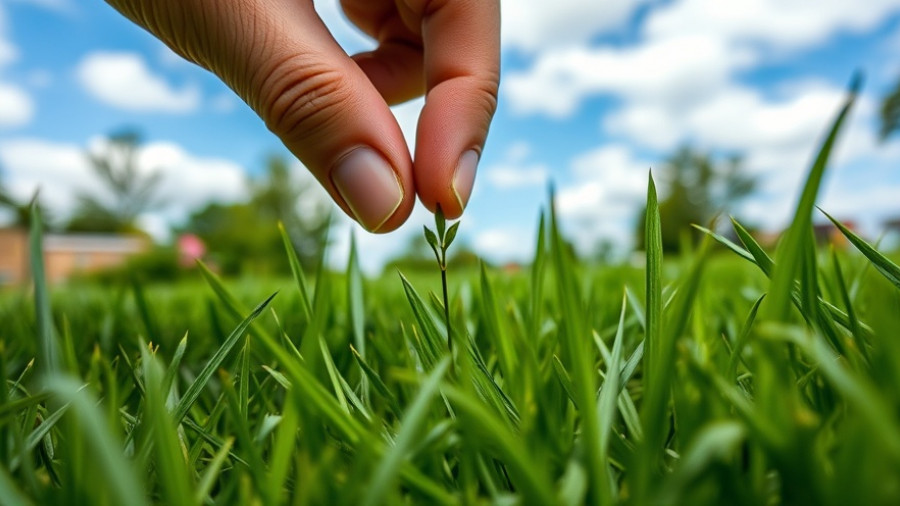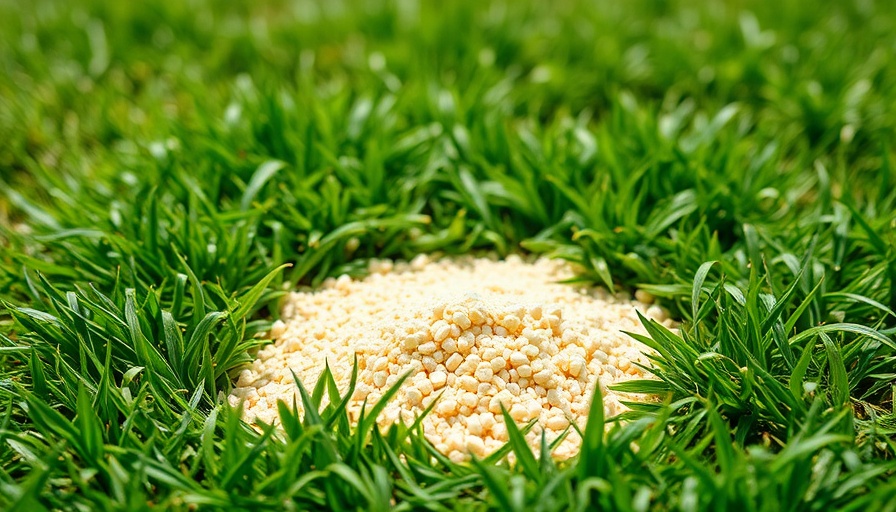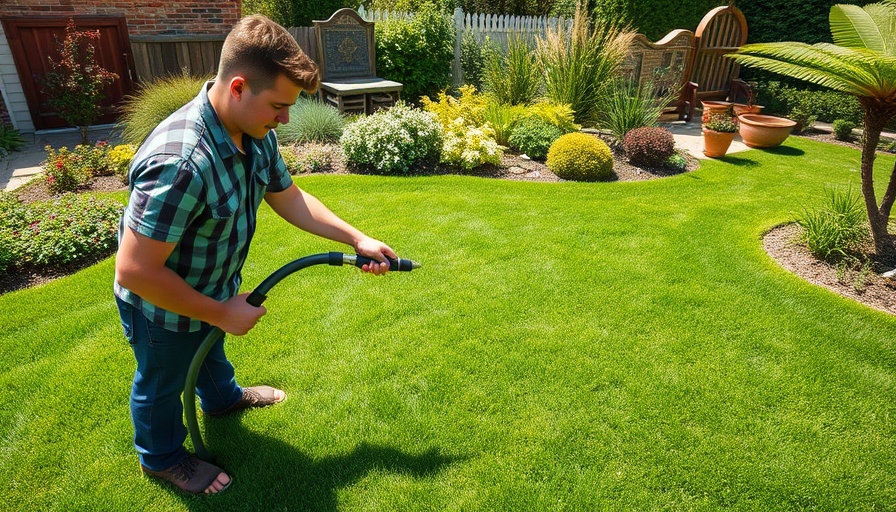
Transform Your Garden with Free Wood Chips: A Practical Approach
Gardening enthusiasts know that maintaining a beautiful outdoor space can become a hefty expense. From premium soil amendments to expensive mulches, costs can escalate quickly. So, what’s the solution? One innovative option that’s gaining traction is getting free wood chips delivered directly to your home through services like ChipDrop. This environmentally friendly choice not only saves you money but also enhances your garden’s ecosystem.
In 'Get Free Mulch - Natural Wood Chips - ChipDrop', the discussion explores the innovative service ChipDrop that connects homeowners with arborists for free wood chips, prompting us to delve into the broader benefits and practices surrounding this sustainable gardening option.
Understanding the Benefits of Wood Chips
Wood chips are more than just a substitute for traditional mulch; they are a natural resource that enriches the soil over time. When you allow wood chips to decompose in place, they gradually break down into nutrient-rich material. This process improves the texture of your soil and promotes a healthy microbial ecosystem. Unlike dyed and chemically treated mulches that can harm plants, natural wood chips offer a safe alternative that supports both aesthetics and health. Plus, when you use wood chips instead of store-bought mulches, you're prioritizing sustainability by redirecting waste materials away from landfills.
How ChipDrop Works: Simplifying Obtaining Wood Chips
So, how do services like ChipDrop operate? The platform connects homeowners with local arborists who need to dispose of wood chips from tree maintenance and removal. By signing up on their website, you can request a delivery of a truckload of wood chips at no cost! Arborists benefit by saving on dumping fees while you receive a valuable resource. Although you can't choose the exact amount or type of wood chips—typically, it’s a substantial load ranging from 15 to 20 yards—you can specify hardwoods or softwoods to suit your gardening needs.
Integrating Wood Chips into Your Gardening Routine
With wood chips delivered, the next step is figuring out how to best utilize them in your garden. Wood chips can serve as a perfect mulch when spread over soil to suppress weeds, retain moisture, and regulate temperature. They can be used in various planting areas—from ornamental flower beds to vegetable patches—making them a versatile gardening tool. For homeowners in areas like Charlotte, Raleigh, and Asheville, incorporating wood chips aligns beautifully with local landscaping trends, such as pollinator-friendly designs and xeriscaping, which offers low-maintenance solutions.
Myth Busting: Addressing Concerns About Wood Chips
There are some myths surrounding the use of fresh wood chips, particularly the claim that they will deplete nitrogen from the soil. While it’s true that using large quantities in your soil may temporarily consume nitrogen as they break down, using them as a mulch instead allows for decomposition without significant nutrient loss. Furthermore, softwoods, like pines, are often preferred as they break down faster while enriching your soil more quickly, making them particularly beneficial for your plants.
Practical Tips for Using Wood Chips Effectively
To maximize the benefits of wood chips in your landscaping, several practical tips can guide your application:
- Layering: Use wood chips as a top layer. This method allows moisture retention and blocks weeds while other organic materials decompose underneath.
- Regular Maintenance: Refresh your wood chip layer annually to ensure effectiveness and visual appeal over time.
- Creating Edging: Define walkways or garden beds with a wood chip border for an aesthetically pleasing and functional design.
Investing in a durable pitchfork can also simplify the process of moving and distributing wood chips around your garden, making the task far less labor-intensive.
Building Community Through Gardening
One of the community benefits of using a service like ChipDrop is the potential for collaboration among neighbors. Several homeowners can band together to get a single delivery of wood chips and then share the resource. This promotes not only gardening but also camaraderie, an indispensable aspect of community-building. Those in larger properties can designate specific areas for wood chip storage, enabling them to incorporate the resource into various projects year-round.
A Sustainable Transformation: The Future of Gardening
As more gardeners seek sustainable solutions, practices such as utilizing free wood chips will undoubtedly gain momentum. Not only does this practice reduce garden maintenance expenses, but it also encourages a shift toward more eco-friendly gardening techniques. Homeowners in North Carolina—whether in Charlotte's urban settings or the sprawling landscapes of Asheville—can reshape their gardens into thriving ecosystems with the simple act of rethinking mulch.
In conclusion, the insights provided by the ChipDrop service reveal an exciting opportunity for gardeners to adopt eco-conscious practices while enhancing their landscaping. Not only is it an inexpensive option, but it also fosters a sustainable relationship with nature. For anyone looking to transform their garden, it’s time to consider the value of embracing natural resources over conventional products while supporting local arborists in the process.
If you are interested in experiencing the benefits of free wood chips in your garden, visit get Chip Drop today and open the door to a more sustainable gardening approach. Share this article with fellow gardening enthusiasts!
 Add Row
Add Row  Add
Add 




Write A Comment